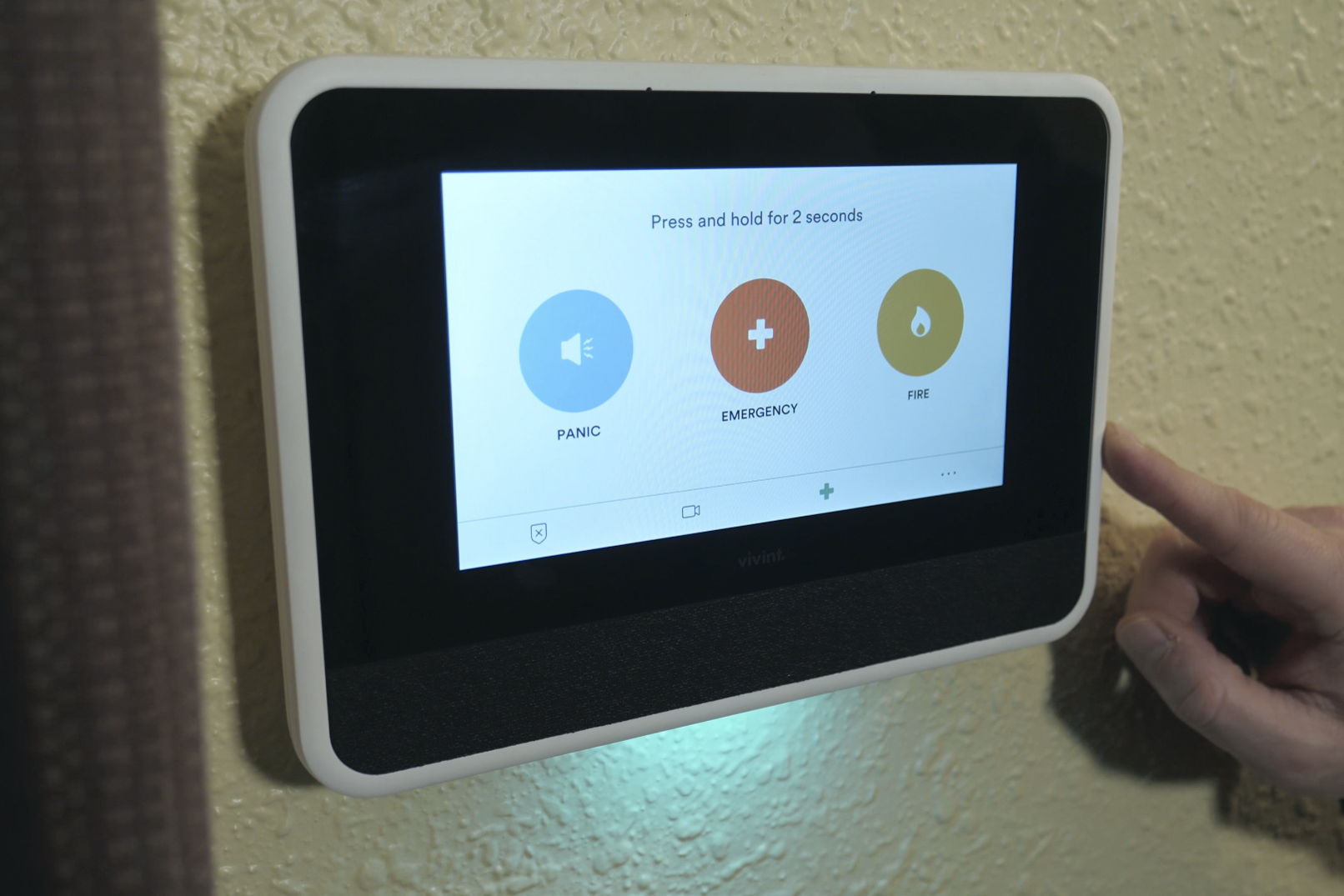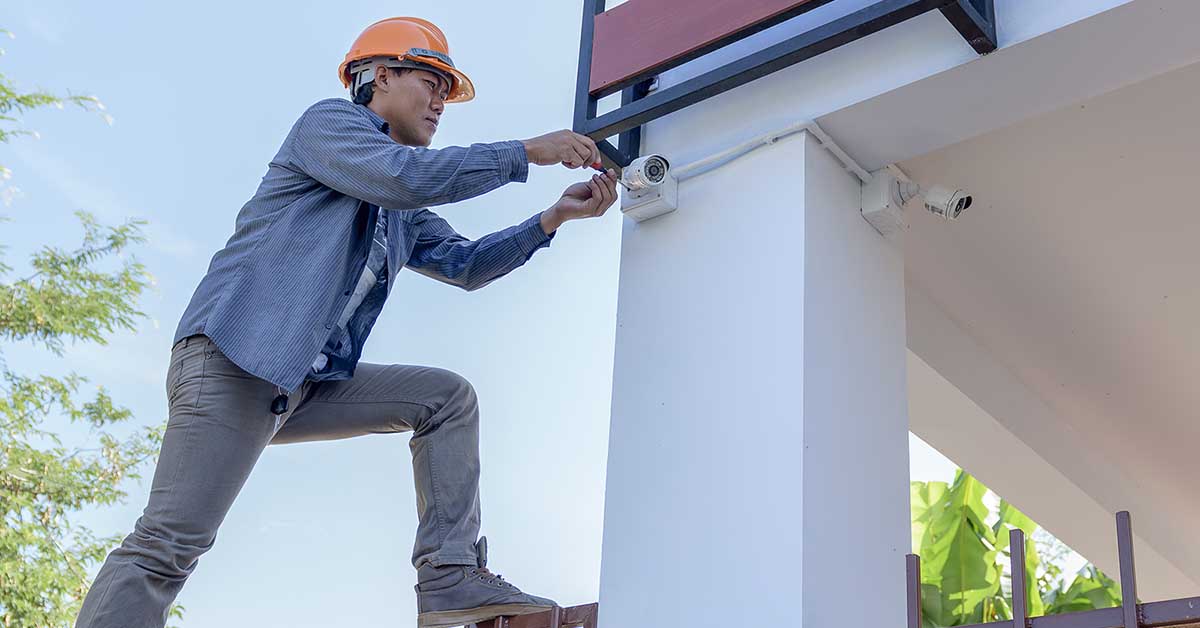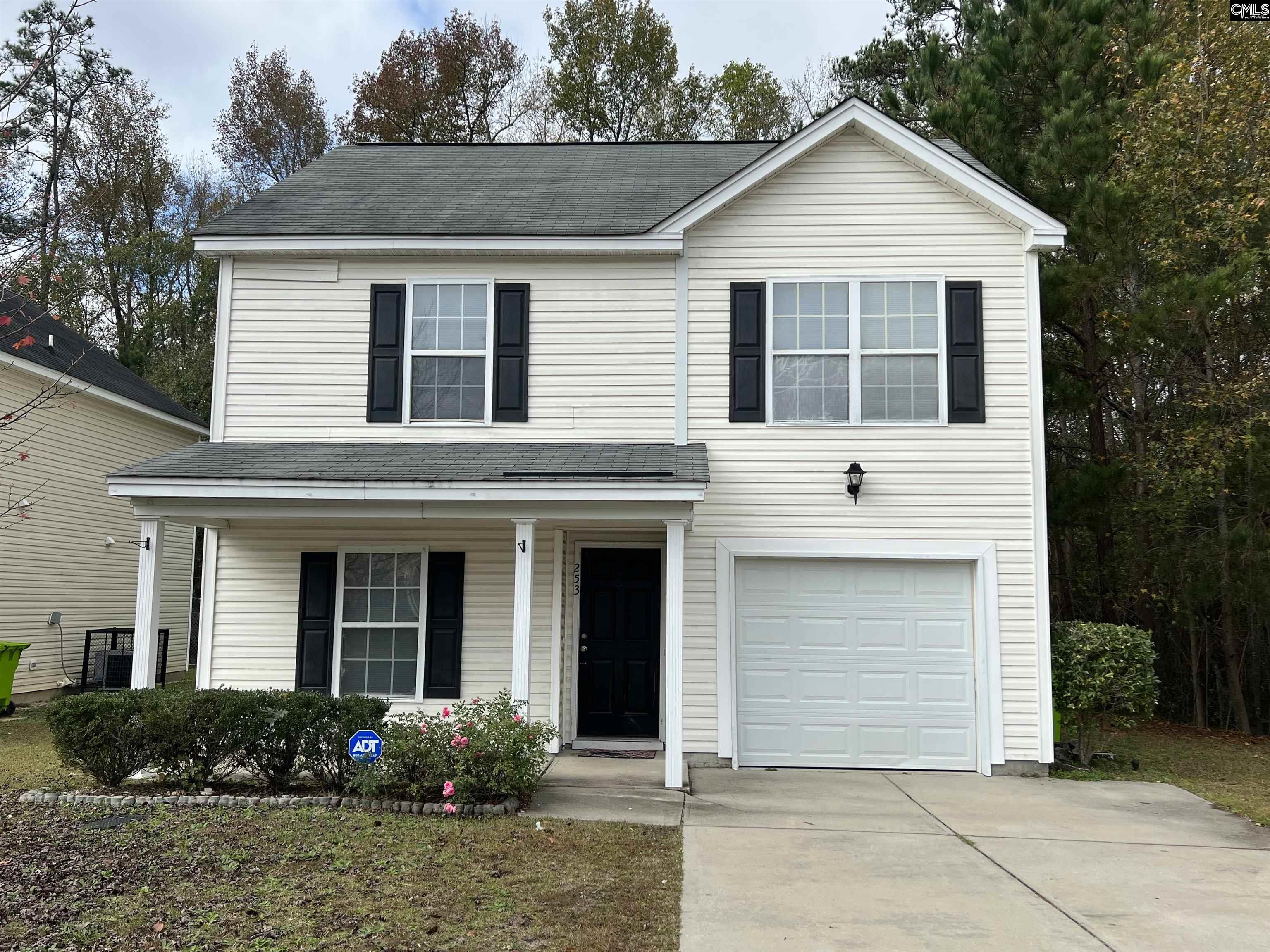
You've found the right place if you are looking to add a Schlage smartlock to your home. There are many options, including Encode and Sense Plus. These locks have different features so it's crucial to choose the right one for you.
Sense
This is the place for you if smart locks are what you need for your home. Schlage has been creating high-quality security products since over 90 years. Their innovative lineup of products ranges from highly durable mechanical locks to sophisticated electronic access control solutions. Many of these locks include biometrics for greater security.
The Schlage Sense smartlock pairs with your smartphone via WiFi. It works with HomeKit (Amazon Alexa), and Google Assistant. It can also be used with Z-Wave products like thermostats and lightbulbs. To prevent unauthorized access, you can pair it with motion sensor.

Sense allows you to enter and exit your home with ease, while preventing people from getting in. Depending on your sensitivity settings, the smart deadbolt will sound an alert when someone attempts to break into your home. This is a great feature for people who don’t always have their smartphone with them. The Sense also offers a customizable delay of between 15 seconds and 4 minutes.
Encode
The Encode Schlage smart lock pairs with an app to make it easy to create and manage guest access codes. It can store up to 100 different codes, and features a fingerprint-resistant capacitive touchscreen. Its one-touch locking feature is especially convenient, since guests can lock and unlock the lock with just a single touch.
The Encode Schlage smart lock is powered by four AA batteries, and requires replacement every six months. It is not as efficient as Bluetooth-powered locks because of this. However, it has the added feature of a Wi Fi module that plugs into a wall. It can also be controlled by mechanical keys.
It can be linked to both an Apple TV and an Apple HomePod mini. The Encode Plus smart door lock isn't limited to Apple devices. You can use it with Android devices using the Schlage app. It also integrates to Google Assistant and Amazon Alexa. It also has a physical keyhole so you can use a more traditional key.

Sense Plus
Schlage Smart Lock Sense Plus can be a great choice for homeowners looking to add a layer of security to the home. It can connect to your home security system using Bluetooth. It runs on four AA batteries, and batteries should last about a year before they need to be replaced. The remote can be used to operate the deadbolt. You can also use a key or a key in order to manually open and close them. When the Schlage Sense lock's in use, it can be quite loud so make sure to consider this when deciding on the best way to use the lock.
This lock is compatible to the Home app on iPhones and supports Apple HomeKit. It supports voice control via Alexa or Google Assistant. An alarm sounds if the lock is broken into. You can integrate the lock via the Schlage Home App with Google Assistant and HomeKit.
FAQ
What's the difference between security cameras and surveillance cameras?
Surveillance cameras serve monitoring purposes, security cameras are used as protection.
Both types have their strengths and weaknesses. There is one major difference between the two types of cameras: the type of images that they capture. Surveillance cameras record video with slow motion so that you can view what's happening right now. Security cameras however, record video but not still photos. These images can be viewed later.
What is the best home surveillance system?
Consider purchasing a home security camera system to protect your family. These systems are easy to use and they provide great benefits for both homeowners and renters. They also allow you to monitor your property remotely through your smartphone, tablet, computer, or other mobile device.
Do motion sensors come with alarms?
Since the beginning of time, motion sensor alarm systems have been in use for decades. However, they are becoming more popular as a result of increasing theft and break-ins. The problem with these devices is that they are often too expensive, and they don't work well when placed inside cabinets. A motion sensor alarm system can be a great way to protect your home against intruders.
Which one is better: home security camera or home security system?
Home security systems are better than home security camera because they can detect movement and sounds even if nobody is in the room. On the other side, home security cameras are much cheaper than home alarm systems and can be easily mounted to windows and doors.
How much should alarm monitoring cost?
Alarm monitoring costs can vary depending on whether you need it to be monitored frequently, what equipment you need and whether you are looking for an all-inclusive plan or a monthly fee.
What is the best security system?
The best security system depends on the value you place on your home. An inexpensive alarm system that doesn't offer much protection can be chosen. You can choose to get a more powerful alarm system with better features such as remote monitoring, access control, and video surveillance.
Statistics
- Most home security companies will charge you around 75% of the remaining term of your contract if you cancel early—and some require 100%.Related questionsWhat type of contract length can I expect from security providers?Home security system cancellation (safewise.com)
- Unlike other online safety services that charge up to 100 percent of your monthly fee, Cove charges no upfront fees and has no hidden costs.
- (In my experience, the discount on my home insurance covered about 25 percent of the subscription of an average plan, but your mileage may vary depending on your location and the size of your home.) (theverge.com)
- That's probably why Cove has a whopping 98%* customer retention rate. (safewise.com)
External Links
How To
How to Install an Home Security System
A home security system is a device that monitors your property and alerts you if there's any activity. It could include a motion sensor or doorbell camera, smoke detectors, flood alarms, carbon monoxide detectors, burglar alarms, and flood alarms. A home security package usually includes one or more sensors (e.g. a motion detector), which send signals whenever they detect sound or movement. These signals are sent to a control panel, where they can be monitored and recorded. The control panel will send an alert to your smartphone, tablet, computer or voice assistant if there is a problem, such as someone breaking into your home. You'll know what's going on and can take action immediately.
It is important to choose the right type and size of sensors to fit your home before installing a security system. There are two main types, passive and active. Passive sensors aren't powered by batteries. They just detect sounds and vibrations in their environment. These include buzzers, sirens and doorbells. Active sensors use electricity for data transmission. Some examples of this kind of sensor are cameras and motion sensors.
There are many sensors brands today. Each brand has its own pros and disadvantages. Some sensors can withstand extreme weather conditions, while others cannot. Some include built-in speakers to allow you hear them even when they are outside. Others are only for use inside. Some are simple, while others offer advanced features such as night vision.
After choosing the best sensor type for your property you can choose a manufacturer. This will help you ensure your sensors work well together. The hardware store should offer many choices.
Once you have decided on a brand to use, it is time to decide on how many you want. Depending on whether someone lives alone or with their family, most people buy one to two sensors. However, if you plan to add additional sensors later, you might consider buying extra than you think you'll need now.
Next, decide where you want the sensors to go. Are you looking for them to be near doors or windows? Do you prefer to keep them away? Before you put them anywhere on your property make sure you get permission. It is important to ensure they do not interfere with electrical outlets.
Now that you know the exact location of your sensors you will need a connection to your control board. Depending on your setup, you may need to purchase a power adapter or battery pack. Once everything is set up, it's time to start monitoring your property.